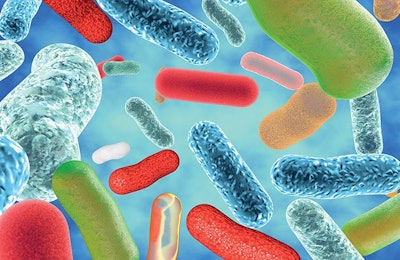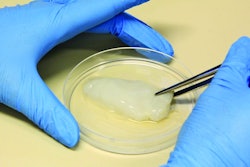
Enteroids could play a pivotal role in the development of new treatments for a variety of diseases that impact the intestines and poultry gut.
“In our lab, we have successfully established a functional inside-out intestinal enteroid from the chicken embryo,” Bingqi Dong, graduate research assistant, Poultry Immunology & Health, University of Georgia Department of Poultry Science, said.
These 3D miniguts are made up of the intestinal stem cells of chickens and are grown on an extracellular matrix.
They’re of particular value when it comes to studying chicken gut function and health. Another major benefit is that enteroids can reduce the number of animal models used for research.
“Enteroids play an important role in advancing our knowledge in natural antibiotic alternative screenings to improve the gut health in poultry, and some antibiotic drug screening and vaccine development,” explained Dong.
Potential for coccidiosis research
The enteroids that Dong developed could be an ideal ex vivo model for learning more about how the chicken gut interacts with bacteria, parasites and dietary nutrients.
For example, Dong plans to focus next on using the enteroids to better understand how Eimeria, the protozoan parasite responsible for coccidiosis, interacts with the chicken gut. As the parasite goes through its normal lifecycle in the bird, it infects cells in the intestinal tract. Without intervention, the parasite can multiply uninhibited and cause loose droppings, poor nutrient absorption, reduced performance and sometimes death.
Understanding the lifecycle of Eimeria better could lead to better treatment options for coccidiosis.
“Enteroids can provide an easy and affordable model to research host-pathogen interactions. It could be easily extended to investigating the immune response to some enteric pathogens and gut development studies,” she said.
In addition, she noted that “I think it’s amazing and very interesting to see them grow into a functional minigut in dish.”
This research was initially presented as a poster presentation at the 2023 International Poultry Science Forum (IPSF), part of the International Production & Processing Expo (IPPE) in Atlanta, Georgia.


















